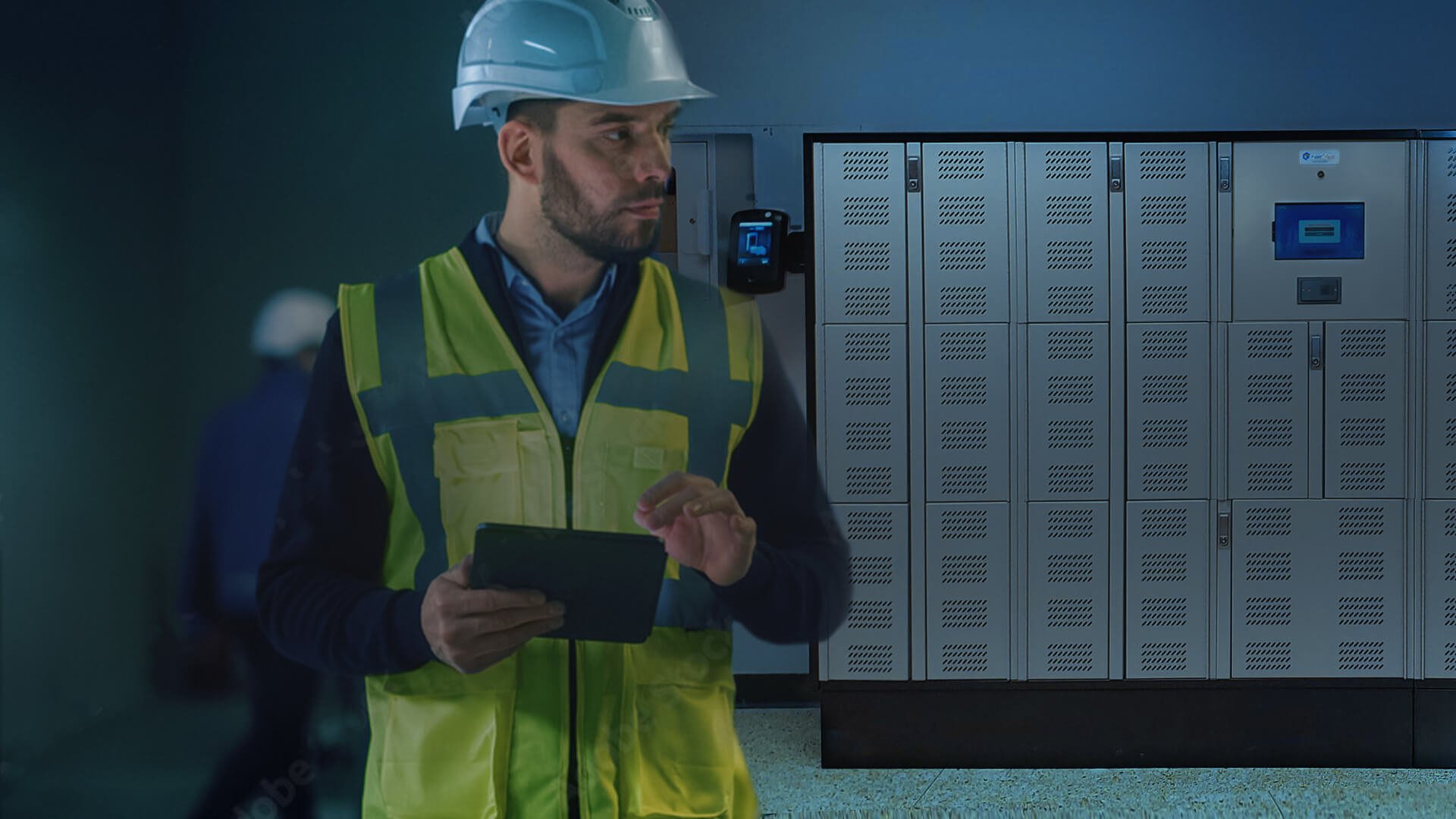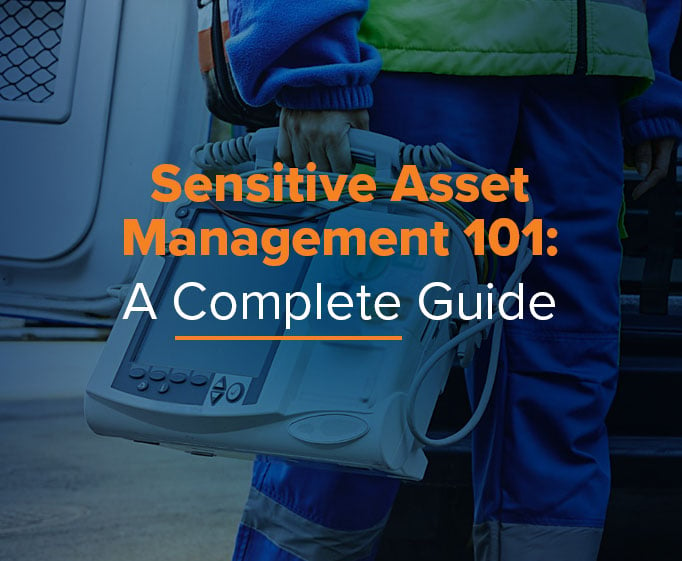Most companies recognize the importance of workplace safety and have rigorous programs for it in place. However, many don’t yet have policies or controls to protect lone workers.
That may sound like a minor concern, but lone working scenarios are far more common than you might expect. For example, according to Health & Safety International, over 50 million individuals are classified as lone workers in the United States, Canada, and Europe combined. That represents about 15 percent of the entire overall workforce in those countries.
So what should you do if you want to provide better protection to lone workers at your worksite? First, this article will explain the legal requirements for protecting lone workers within which you need to operate. And then, we’ll share some best practices for developing a reliable lone working policy and safety program fast.
Talk to one of our lone working experts today for customized advice ➞
Different Countries Have Very Different Lone Worker Safety Laws
Before designing your lone worker safety program, you first must understand the local laws you must comply with. The US, the UK, and Canada all have very different statutes laying out a company’s responsibilities for protecting lone workers.
US lone worker regulations
Workplace safety is largely regulated by the Occupational Safety & Health Administration (OSHA) in the US. OSHA and other US federal agencies don’t actually have any regulations specific to lone workers. But the General Duty Clause in OSHA’s regulations requires organizations to consider the risks and safety of every individual worker, including lone workers.
All of OSHA’s other general regulations also apply to lone workers. For example, companies are required to provide immediate medical assistance for everyone. That means they must have some means for getting help to lone workers in an emergency.
Canadian lone worker regulations
Canada has its own federal workplace safety administration, the Canadian Centre for Occupational Health and Safety (CCOHS). The CCOHS has a specific definition for a lone worker. “A person is ‘alone’ at work when they are on their own; when they cannot be seen or heard by another person.”
However, similar to the US, there is little regulation at the national level in Canada, except for general worker protections, primarily introduced into the Canadian Criminal Code by the Westray Bill of 2004. That bill created new “legal duties for workplace health and safety, and imposes serious penalties for violations that result in injuries or death.”
That said, many provinces and territories have their own lone worker safety laws you’ll need to abide by. They include:
- Alberta
- British Columbia
- Manitoba
- New Brunswick
- Newfoundland
- Prince Edward Island
- Saskatchewan
- Northwest Territories
- Nunavut
UK law
Unlike the US and Canada, the UK does have specific regulations for protecting lone workers. Their safety statues come from:
- Health and Safety at Work etc. Act 1974, which created broad protections for the health and safety of all workers, including lone workers.
- The Management of Health and Safety at Work Regulations 1999 put specific responsibilities on employers for assessing and managing the risks posed to lone workers.
- The Corporate Manslaughter and Corporate Homicide Act 2007 said companies could be held criminally liable for an employee’s death if it was the result of serious management failures.
- The Health & Safety Offences Act 2008 updated the penalties for employers who don’t provide adequate health and safety protections for workers, including lone workers.
Assess Your Risks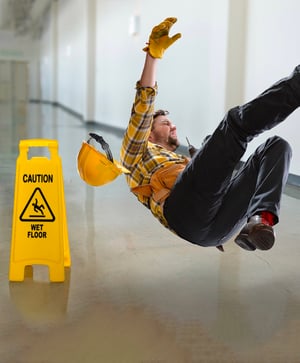
The way you begin improving lone worker safety is the same, regardless of which jurisdiction you’re in or which regulatory burden you’re under. Start by conducting a lone worker risk assessment.
Identify the locations where lone workers might work in your facility. The answer might be “everywhere,” but usually, there will be some locations more common than others. Then identify potential hazards in those locations. Those could be flammable materials, live wiring, or falling hazards, for example.
To ensure you make a thorough survey of hazards, you should:
- Evaluate work sites firsthand
- Survey current lone workers about their worksites
- Review past injury reports
- Review past regulatory fines
Produce a Clear Lone Worker Policy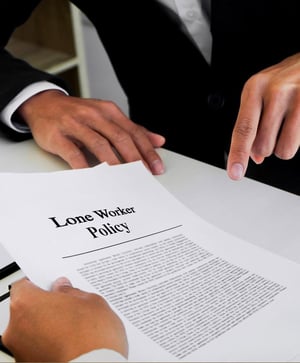
After auditing your risks and potential worksite hazards, the next thing you should do is draft your lone worker policy, which should spell out everyone’s roles and responsibilities.
Identify lone worker roles in your organization
Your policy should identify the situations in which someone meets the criteria of a lone worker. That may sound redundant, but “lone worker” doesn’t necessarily mean someone who spends their entire day alone. Sometimes lone worker roles will be obvious, like an after-hours maintenance worker, but other times not.
Take the CCOHS’s definition as an example, where someone is “alone” if they can’t be seen or heard by someone else. So, for example, a worker inside a blasting booth on a crowded manufacturing floor with others just a few feet away could count as a lone worker. Therefore, they should get special protection.
Some other situations you might want to consider as meeting lone worker criteria at your worksite include:
- Workers who are close to other employees, but visual and noise obstructions prevent contact
- Workers traveling between job sites alone
- Workers whose duties require them to arrive early or stay late
- Workers who usually work in a pair but are often separated
- Workers who have on-call duties during off-hours
Prohibit certain lone work
Identify the tasks that are too high risk for lone workers to perform alone. You will need to identify these in your lone worker policy.
You have some options for managing essential duties while maintaining good lone worker protections. For example, you might prohibit workers from carrying certain tasks with less than a certain number of people on site. Or you might set clear communication requirements before, during, and after they carry out a high-risk task alone.
Keep lone worker responsibilities clear and simple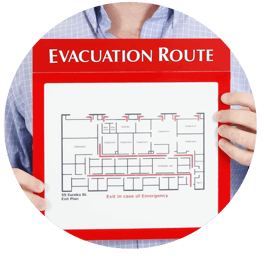
The responsibilities section of your policy needs to be easy to understand. As with any safety or security policy, you’re documenting expected behaviors during potential dangerous, stressful, or just plain chaotic situations. Keep it simple.
Some of the fundamental procedures you’ll want lone workers to follow include:
- How and when you expect lone workers to report an emergency
- How and when lone workers should report accidents, injuries, or other incidents that don’t rise to your definition of “emergency”
- Evacuation routes for each location
- Special evacuation procedures
- Communication and check-in schedules
- The PPE and other safety equipment you expect lone workers to use
- Approved and unapproved tasks to perform alone
And some of the procedures security and management personnel will need to follow to protect lone workers properly, which might include:
- How they will monitor lone workers
- The procedure for responding to a reported lone worker emergency
- The procedure for responding to a lone worker who has missed a communication check-in
- How management will report emergencies and incidents to regulators other oversight entities
Actively Monitor Lone Workers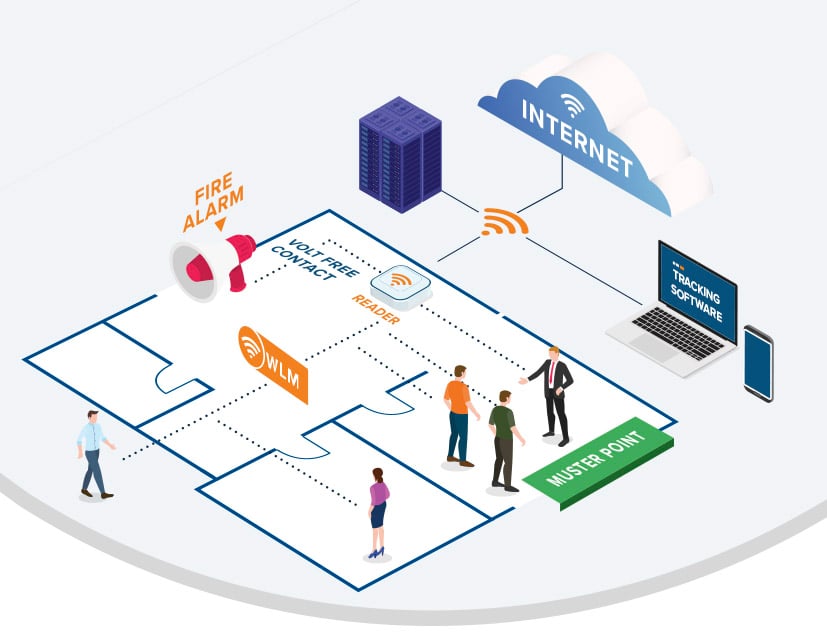
In that last section, we identified monitoring lone workers as a key responsibility of the organization. You’ll need to assign that responsibility to particular individuals. For example, you could assign a health and safety professional, the lone worker’s direct supervisor, or a security team. You will also need to identify the correct tools for monitoring and communicating with lone workers.
Automate the Lone Worker Management Process
You will need some kind of remote monitoring solution to track your lone workers effectively. Many options are available, from low-cost emergency alert badges to real-time tracking networks.
No two companies will need the same setup, which is why you assess your risks first before anything else. The correct monitoring solution for your worksite is the one that allows you to respond cost-effectively to the specific threats that you’ve assessed your lone workers will face.
Wireless RFID tracking is a powerful and cost-effective technology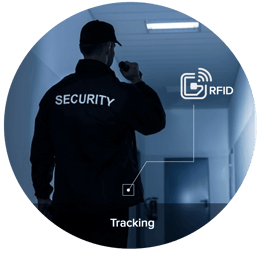
Radio-frequency identification (RFID) is often the correct wireless technology for organizations needing reliable and cost-effective lone worker safety devices. Using one of these systems, you will place wireless beacons in the areas where you've identified lone workers will operate. Then two different workflows become possible.
In the first, employees will check in with your monitoring team when they’re about to undertake a lone working task, according to your policy. The monitoring team gives them a tracking badge or bracelet, and the employee goes about their work. While they’re alone, the monitoring team keeps tabs on them. If either they don’t check-in at your mandated schedule, or they report an emergency by pressing a button on their bracelet, the security team immediately goes on-site to check on their welfare.
You have individuals who spend most of their time working alone in the other workflow. Maintenance technicians, for example. These individuals will report to security at the start of their shift, receive their bracelet, and then security will monitor them while on-site for the remainder of their shift.
Part of comprehensive workplace safety solutions
A reliable lone worker monitoring system is an essential component of a world-class workplace safety program. So if that is what you’re looking to build, then look for a monitoring system that you can expand into a platform for protecting workers in all different situations.
You could look for a workplace safety solution that provides emergency mustering support to automate your emergency evacuations. Or you could add on a geofencing module that provides visitor tracking to ensure they stay in safe areas. Or you could do something similar to lone worker monitoring, where you automatically track minimum or maximum occupancy in certain geofenced spaces. For example, if you have a laboratory that two individuals must staff at all times, you could configure an alarm to trigger if only one tracking badge is present in the space.
Suited for many different industries
Statistics show that lone worker injuries are concentrated by industry more than geography or other factors. These are some industries where companies benefit most from using dedicated lone worker safety solutions.
Light and heavy industry
Industrial workers are exposed to a broad range of risks. You might have drivers working in remote parts of a worksite or lone workers near flammable or hazardous materials. You’ll likely have to send technicians into cramped quarters, like storage tanks, containers, or excavated areas. An automated tracking system will help you better protect workers in all of these settings.
Manufacturing
Accidents are inevitable in hectic manufacturing facilities. They could come from handling materials, lockout mistakes operating machinery, or operator error. You never know where the next human error might come from.
A lone worker safety system can help you respond to accidents faster to get your workers treated and back on their feet as fast as possible. That is good for your people and your bottom line when you mitigate expensive workers’ compensation claims.
Biotech & Pharmaceutical production
Lab and production staff are constantly working with hazardous materials and dangerous equipment. You can help keep your people safe with an automated worker tracking solution that monitors technicians working alone or the minimum worker monitoring system we discussed earlier.
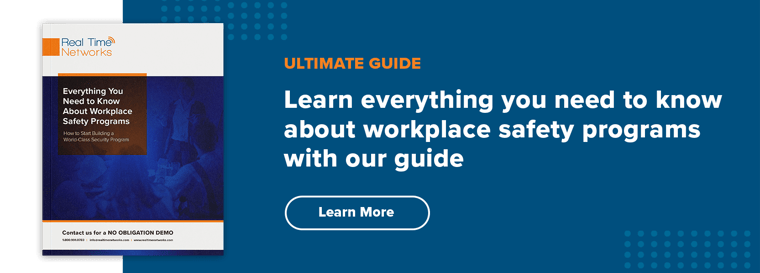
Subscribe to our blog

Jay Palter
Vice President of Marketing & Partnerships
